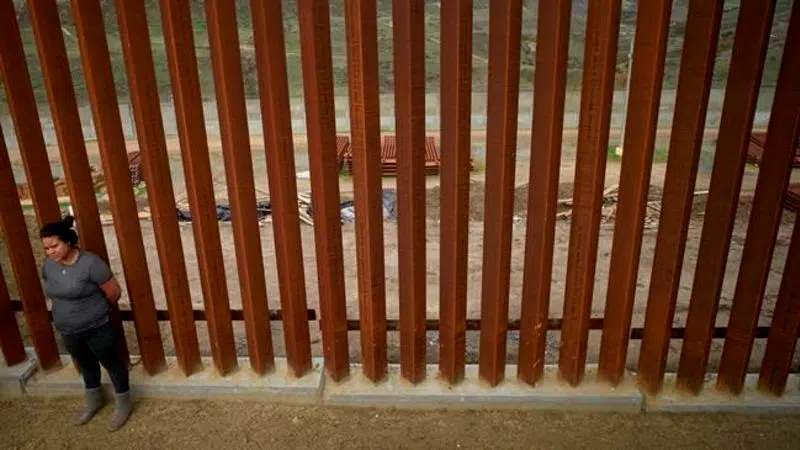
New US-Mexico border barrier charts tricky course near homes
For all practical purposes, the purple-and-white stucco shrine that Jose Arias built to celebrate his recovery from a heart attack and honour his family lies in Mexico.
The only way in and out of his plywood shack is through one of Tijuana’s oldest neighbourhoods, a patchwork of dirt and paved roads where dogs roam freely and the sounds of roosters and power tools fill the morning air. The shrine’s backside once rested against a wall separating the U.S. and Mexico, blocking passage to San Diego.
But, according to the U.S. Border Patrol, Arias’ structure encroaches on U.S. soil, posing a dilemma for the Trump administration as it pursued a $147 million replacement of 14 miles (22.5 kilometres) of barrier stretching east from the Pacific Ocean: Should the shrine be saved or destroyed?


